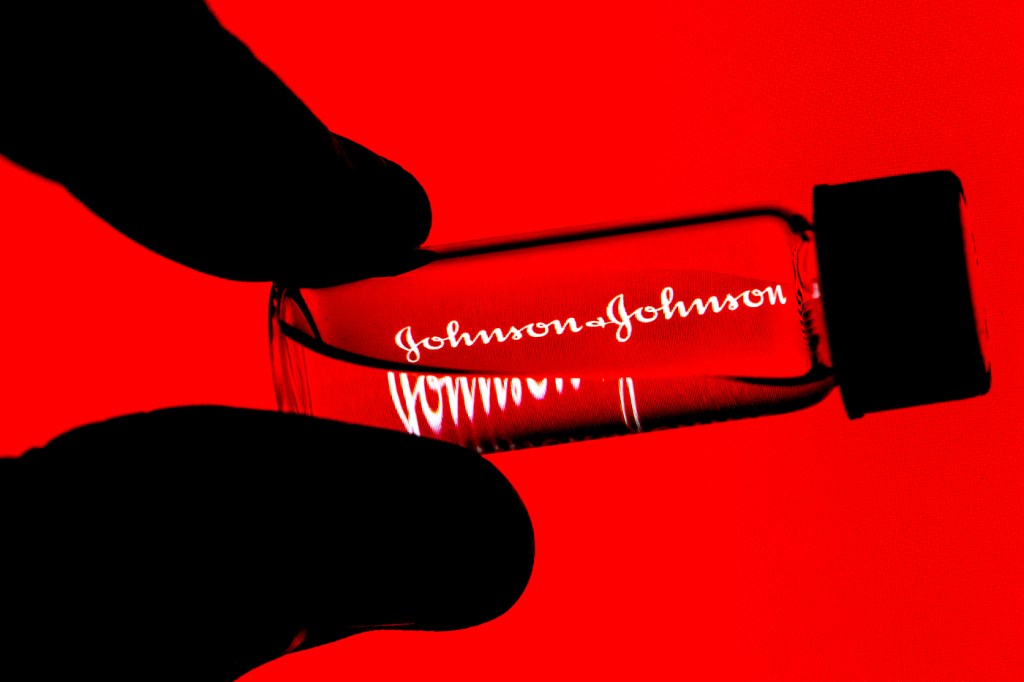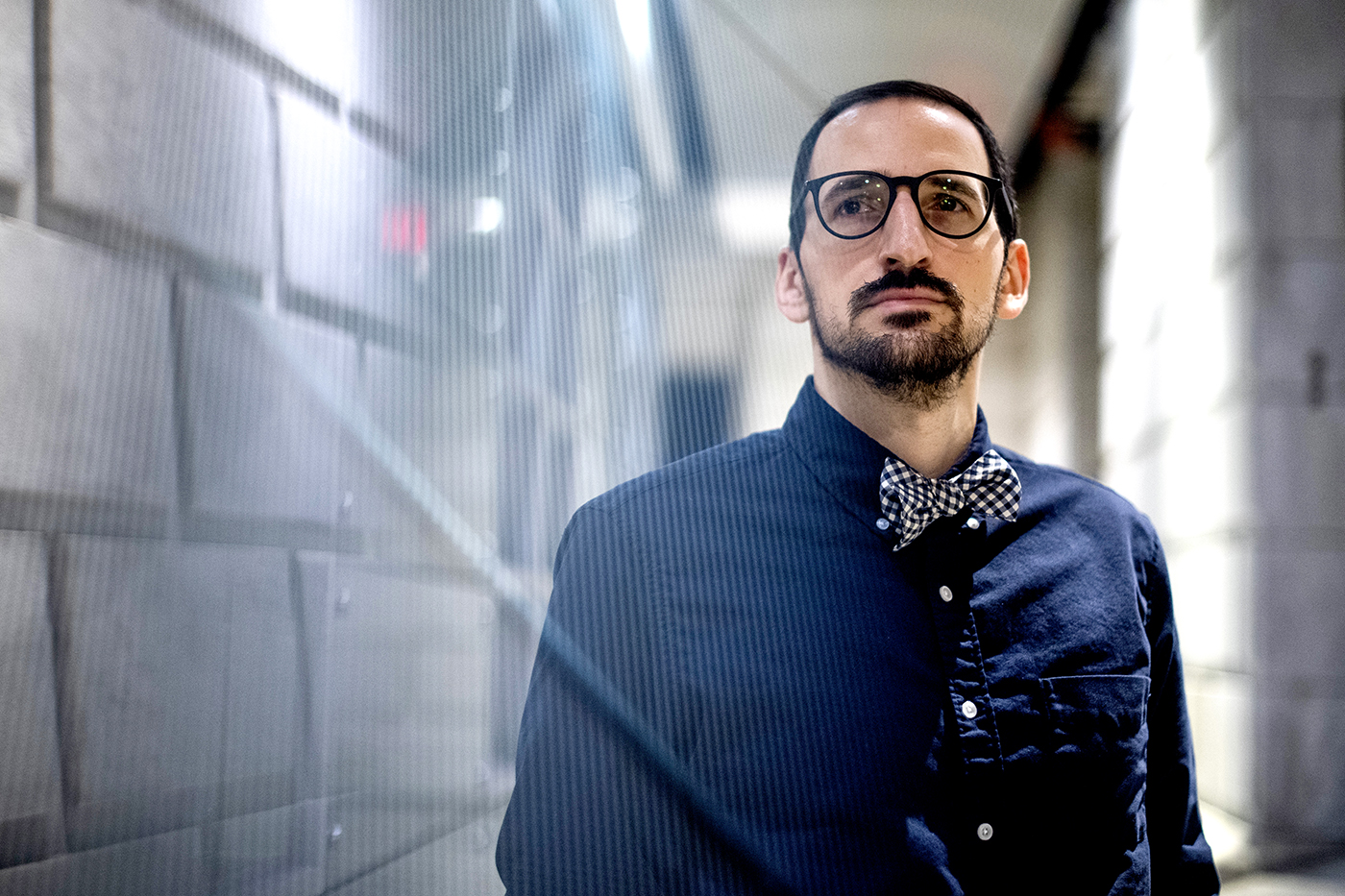Johnson and Johnson’s 1-shot COVID-19 vaccine could spark fewer side effects than vaccines from Moderna or Pfizer

The newly approved Johnson & Johnson COVID-19 vaccine could trigger fewer allergic reactions and help some recipients avoid headaches, sore muscles, and other adverse effects that can plague recipients who get a second inoculation shot required by Moderna or Pfizer.
The Johnson & Johnson vaccine requires only one shot, as opposed to the two-step inoculation process developed by Moderna and Pfizer.

Brandon Dionne, assistant clinical professor in the department of pharmacy and health sciences. Photo by Matthew Modoono/Northeastern University
“Most people who have a severe reaction to these vaccinations will have it after the second shot,” said Brandon Dionne, an assistant clinical professor in the Department of Pharmacy and Health Systems Sciences at Northeastern. In both Moderna and Pfizer’s clinical trials, at least a third of the volunteers ended up with symptoms such as headaches and fatigue after the second shot.
Johnson & Johnson announced yesterday they’ll deliver 20 million COVID-19 vaccine doses in March, and 100 million by June after receiving rapid government approval this weekend. The vaccine can be stored in the refrigerator, only requires one dose, and is more effective against the South African variant of the disease.
The new vaccine proved less effective in preventing symptoms in clinical trials, with 66 percent efficacy as opposed to the more than 90 percent boasted by Moderna and Pfizer. However, it was 100 percent effective at preventing the most severe symptoms of COVID-19. Todd Brown, a registered pharmacist and clinical instructor in the department of pharmacy and health systems sciences at Northeastern, urged recipients to get vaccinated as quickly as possible.

Todd Brown, a registered pharmacist and clinical instructor in the department of pharmacy and health systems sciences at Northeastern. Photo by Ruby Wallau/Northeastern University
“This vaccine keeps you out of the hospital and it keeps you from dying,” says Brown, who added that widespread immunity is safer and prevents the creation of additional disease variants.
“The quicker we can get vaccines to as many people as possible, the better off we’ll be.”
Several other factors make the Johnson & Johnson vaccine advantageous, says Brown, including its portability and the single-shot process.
“We know historically that 20 to 25 percent of the population won’t come back for a second dose,” he says. “This is one and done.”
The new vaccine also eliminates an ingredient called polyethylene glycol that can trigger allergies in a small percentage of recipients, says Brown. The substance, which has never been used in vaccines before, is in both Moderna and Pfizer to better deliver the vaccine to cells.
“I would anticipate the Johnson & Johnson vaccine to have a little less of an allergic response because it doesn’t have that,” says Brown, adding that the vaccine still could cause allergies for some.
Both Brown and Dionne said all three vaccinations are safe and effective for the majority of people.
“Whatever vaccine you can get access to, that’s the best vaccine for you,” says Dionne.
For media inquiries, please contact Marirose Sartoretto at m.sartoretto@northeastern.edu or 617-373-5718.





